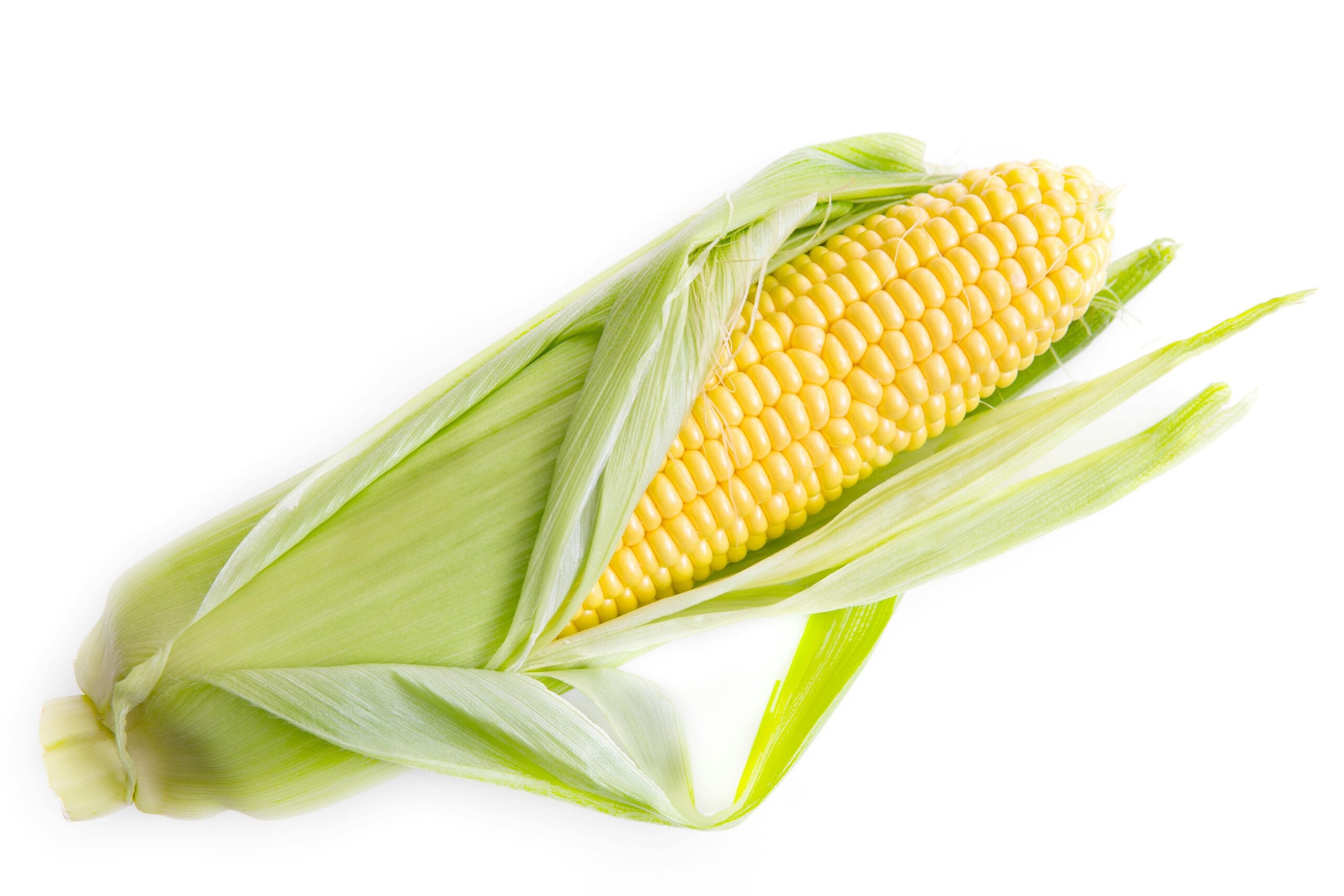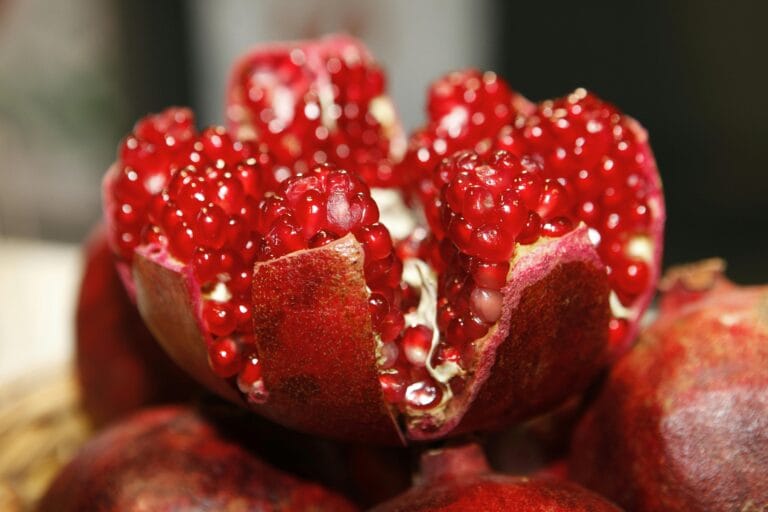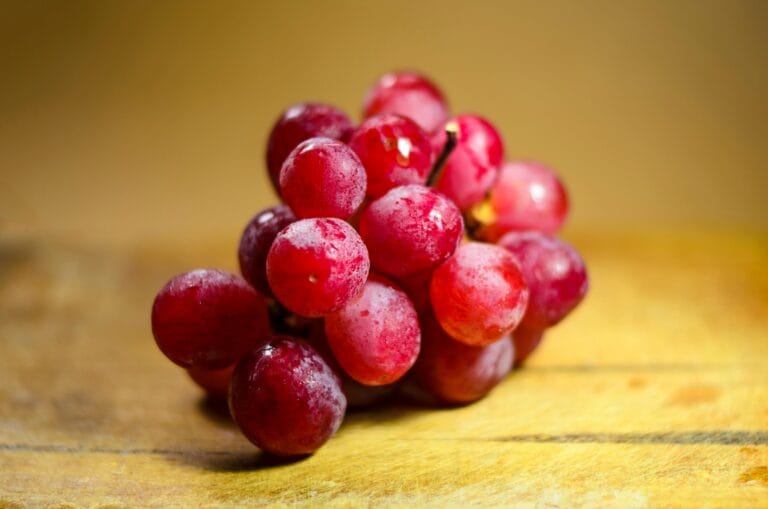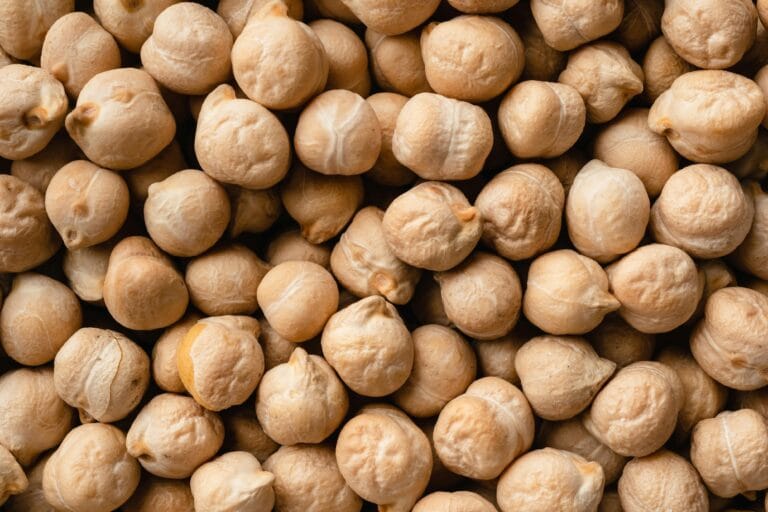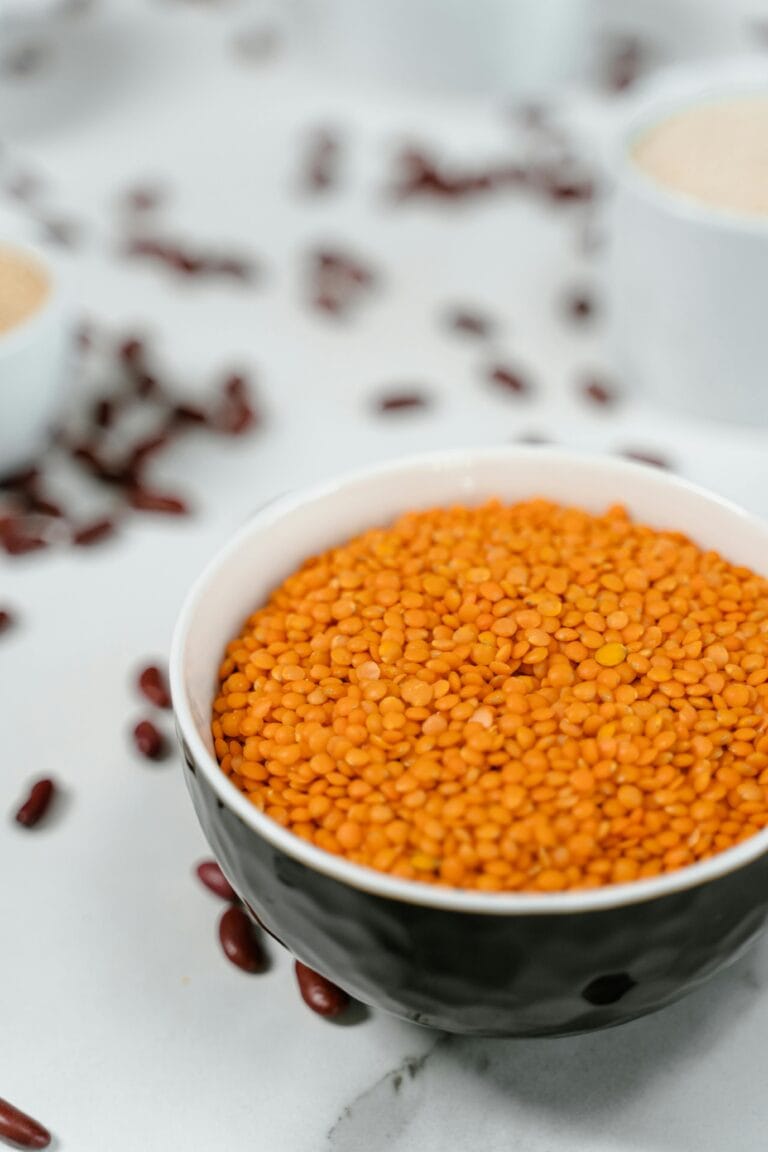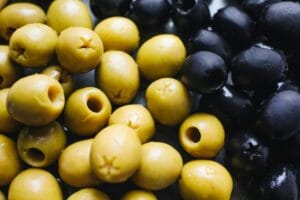Nutritional Benefits of Corn
Corn, recognized for its vibrant yellow hue, is a staple grain that offers a plethora of nutritional benefits. Rich in essential vitamins and minerals, this versatile ingredient serves as an excellent addition to a balanced diet. One cup of cooked corn provides approximately 18 grams of carbohydrates, coupled with notable levels of fiber, which contribute to digestive health. The dietary fiber found in corn aids in maintaining regular bowel movements and promotes gut health, reducing the risk of gastrointestinal issues.
In terms of vitamins, corn is a good source of B vitamins, particularly thiamine (vitamin B1) and niacin (vitamin B3). These vitamins play a critical role in energy metabolism, helping the body convert food into usable energy. Additionally, corn contains antioxidants such as lutein and zeaxanthin, which are beneficial for eye health, potentially reducing the risk of age-related macular degeneration.
Furthermore, corn contributes to heart health due to its high content of fiber and low levels of saturated fat. Studies suggest that incorporating whole grains, such as corn, into one’s diet can lower cholesterol levels and improve overall cardiovascular function. The potassium present in corn also aids in regulating blood pressure, further promoting heart health.
Beyond its nutritional profile, corn’s versatility allows it to be incorporated into various dishes, from popcorn to barbecue accompaniments. By introducing corn into daily meals, individuals can enjoy its delicious flavor while reaping its health benefits. Whether consumed as a primary ingredient or a side dish, corn plays a crucial role in providing necessary nutrients and should be highlighted as a valuable component of a well-rounded diet.
Everyday Uses of Corn
Corn is an incredibly versatile crop that plays a vital role in daily living across the world. Its various forms enable consumers to incorporate this yellow grain into their diets in numerous ways. Fresh corn, often enjoyed in the summer months, can be steamed, grilled, or used as an ingredient in salads. The sweet, succulent kernels are a favorite at barbeque gatherings, providing a delightful complement to grilled meats.
Another common form of corn is cornmeal, which is finely ground dried corn. This ingredient serves as the basis for a multitude of dishes, including cornbread, polenta, and tortillas. Cornmeal’s unique texture and flavor make it an essential component in many recipes, enhancing both taste and nutrition. Additionally, corn syrup, derived from processed corn starch, is widely used in the food industry as a sweetener, appearing in soft drinks, candies, and various processed foods. Its accessibility and affordability make it a popular choice among manufacturers.
Popcorn, a beloved snack, is another delicious way corn is consumed. This whole grain can be popped and seasoned in numerous ways, making it a popular choice for movie nights and gatherings. From simple salted versions to more elaborate preparations drizzled with caramel or cheese, popcorn appeals to a wide range of palates. Beyond its consumption by humans, corn is also a primary source of animal feed, supporting livestock in agricultural systems. The versatility of corn ensures its importance not only in human diets but also in sustaining the agricultural economy.
Overall, the daily uses of corn illustrate why this crop remains a staple in many cultures. Its ability to adapt to various culinary applications highlights corn’s significant role in both individual households and larger agricultural practices, demonstrating its lasting impact on our diets and lifestyles.
Top Corn Producing Countries
Corn, a versatile crop also known as maize, plays a significant role in global agriculture. As one of the most widely produced grains worldwide, it is cultivated in various countries, with a few emerging as leaders in corn production. The United States, China, Brazil, and Argentina are recognized as the top four corn-producing nations, contributing significantly to both local economies and global food supply.
The United States stands at the forefront, producing more than 370 million metric tons of corn annually. The Midwest, known as “Corn Belt,” is where the majority of this yellow grain is cultivated, employing advanced agricultural technologies and methods. A substantial portion of this corn is utilized for livestock feed, industrial products, and biofuel, with the remaining supply exported to international markets.
China follows closely, producing around 260 million metric tons annually. Corn serves as a crucial staple food and livestock feed in the country. The Chinese government has implemented various initiatives to enhance production efficiency, including subsidies and support for farmers.
Brazil ranks third in corn production, with approximately 100 million metric tons harvested each year. The country’s climate and soil conditions are ideal for growing corn, leading to a robust export market. Brazil’s industry is also characterized by collaboration between large agribusiness firms and small-scale farmers, promoting sustainable agricultural practices.
Argentina, another significant player, produces around 50 million metric tons of corn yearly. The country’s agricultural sector is vital for its economy, with corn being one of the primary export crops. Argentine farmers employ versatile crop rotations, enhancing both soil fertility and production outputs.
The economies of these leading corn-producing countries are heavily influenced by global corn demand. Fluctuations in prices and market conditions directly impact farming practices and income for farmers. As the need for corn continues to rise—whether for human consumption, animal feed, or industrial purposes—these nations are likely to adapt their agricultural strategies accordingly.
The Future of Corn in Agriculture
The future of corn in agriculture is poised at a pivotal juncture, reflecting the increasing demand for this versatile crop while striving for sustainable farming practices. Corn, known for its utility in various forms including barbeque dishes and popcorn, will continue to play a crucial role in meeting global food requirements. Innovations in corn cultivation techniques are crucial to enhance production efficiency and address the challenges posed by a growing population.
Advancements in precision agriculture technology are transforming corn farming. Farmers are now utilizing drones, satellites, and soil sensors to monitor crop health, optimize irrigation, and apply fertilizers more efficiently. These technologies not only reduce waste but also lower the environmental impact of farming activities. Moreover, the integration of these high-tech tools encourages more informed decision-making, directly correlating to increased corn yields.
Genetically modified organisms (GMOs) represent a significant progression in corn production as well. By enhancing specific traits such as pest resistance and drought tolerance, GMO corn varieties can thrive in challenging conditions. This can lead to greater resilience against climate change, ensuring a stable supply of corn even in adverse weather scenarios. Public perception of GMOs remains a hurdle; however, ongoing education and transparent research can alleviate concerns and foster acceptance of these innovations.
Research continues to focus on optimizing corn for improved yields, nutritional value, and adaptability. From developing augments for more efficient photosynthesis to exploring corn’s potential in renewable energy (such as biofuels), the possibilities are extensive. As agriculture evolves, sustainability will underpin these advancements, focusing on conserving resources while maximizing output. In conclusion, corn’s future in agriculture relies on embracing these innovative practices and addressing the environmental challenges associated with food production.

